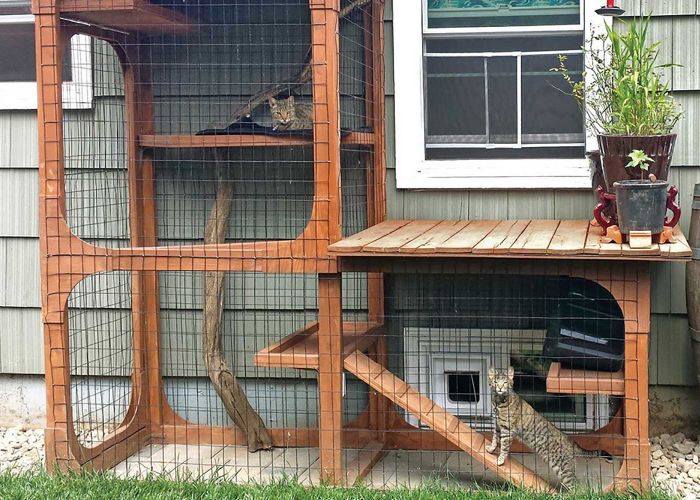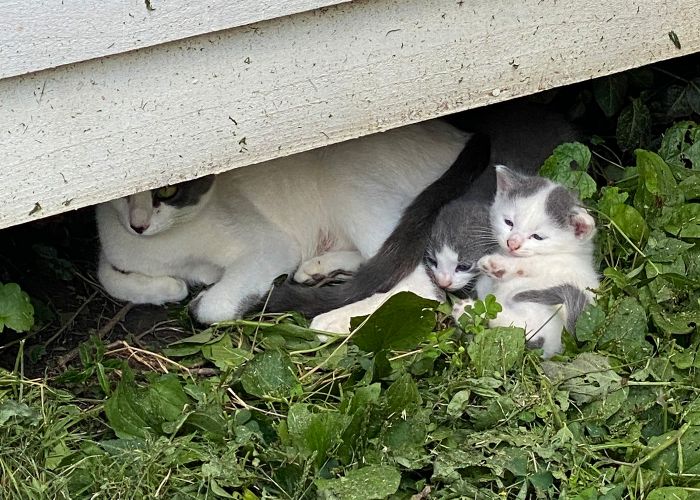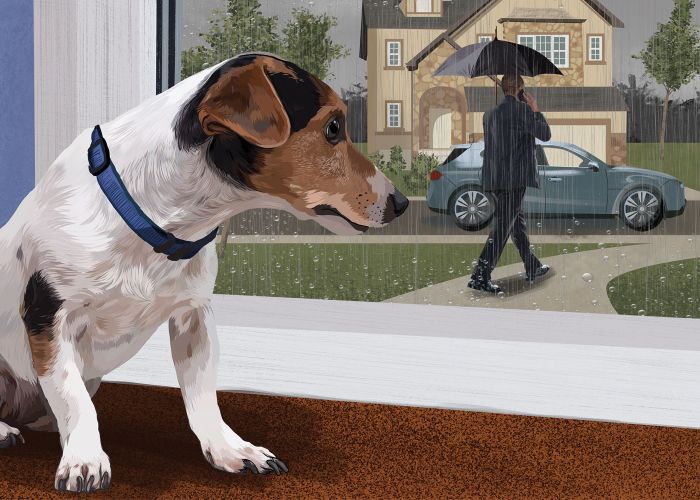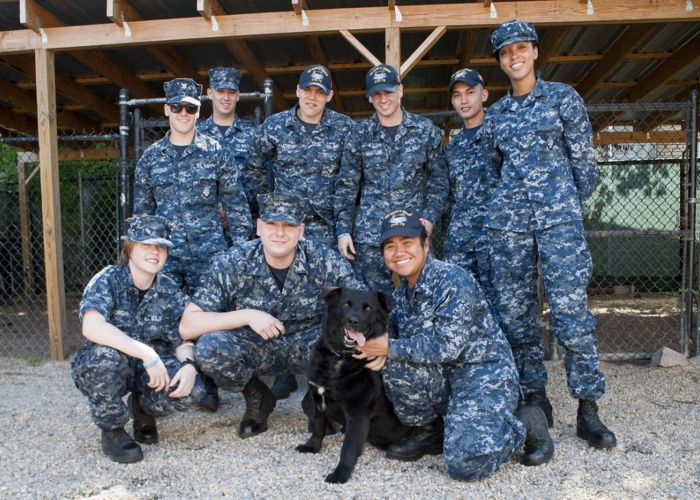Three mascoteers
Some shelter animals become full-time employees
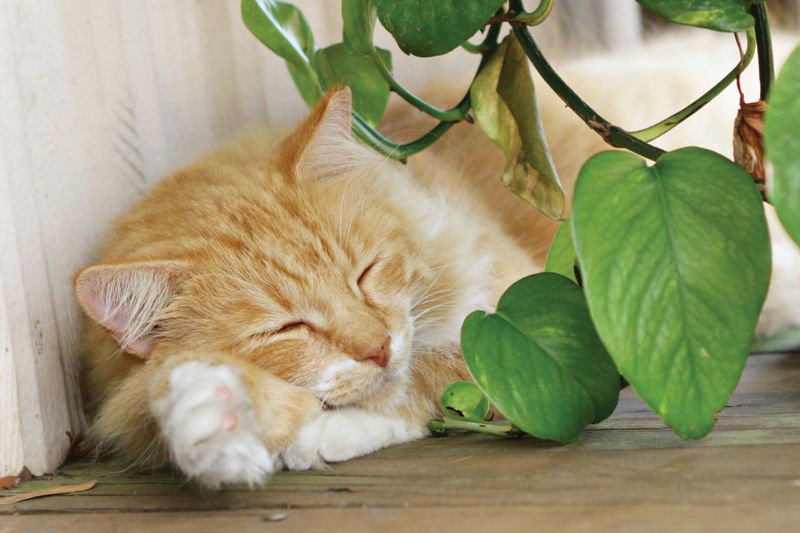
The dog is majestic: A 76-pound golden retriever with sweeping eyelashes, eyes like melted chocolate and a regally pointed nose. But right now, he’s impatient—his human companion is talking too much, and he wants to get to work. He barks to interrupt, making the nearby children laugh. Then he presents his belly, paws akimbo. The kids dive in one by one, running their small hands over the soft expanse of fur.
Harley knows the drill—he does this 60 to 70 times a year. It’s his job. He’s a shelter mascot.
Harley’s road to “employment” began in the summer of ’98, before he was born. In North Brookville, Mass., an elementary school teacher was walking her dogs when a car pulled up beside her. “Hey!” said the woman inside. “Would you walk the dogs in my pound? They’re going stir-crazy.”
The teacher was Carol Kelley, a staunch dog lover. The woman in the car was Sheryl Blancato, who worked for local animal control. And the impromptu request was only the beginning.
Kelley did begin walking dogs at the shelter, and the two women quickly found they had much in common—most significantly, a belief in education. Kelley loved to teach; Blancato believed that the missing piece of the pet overpopulation puzzle was education.
Kelley recalls telling Blancato, “When I retire, I’m going to do something with you and education.”
Kelley kept her word. Almost 20 years later, she and Blancato are now outreach coordinator and executive director, respectively, at Second Chance Animal Shelter in East Brookfield, Mass. Kelley travels to nearby schools and libraries a few times a week during peak program seasons, talking to children and adults about animal care, spay/neuter, bite prevention and the role of shelters in the community. And she’s brought along shelter mascots for nearly 10 years.
Shelter mascots play a variety of roles at their organizations, serving as the “face” of a shelter or rescue, fostering community goodwill, bonding with shelter visitors and acting as living educators about the issues homeless animals face. Some, like Harley, connect with the community at schools, libraries and fundraising events; some help socialize other shelter animals and boost staff morale. Some live at the shelter and may be up for adoption, while others belong to staffers and go home to their families in the evening.
For Kelley, Harley is an attention getter-and-holder. Even when she uses a computer and other media in her presentations, she says, “I’m not impressive going into schools. [I’m] just this woman. … I need a dog!” She’s taken different mascots over the years—Bruno, Cali and, most recently, golden retriever Harley.
Before he was shipped on a shelter transport to Second Chance, Harley was languishing in a packed Kentucky shelter. It was love at first sight for Second Chance development manager Lindsay Doray—then a college junior and a shelter volunteer, she had been waiting to adopt a golden for six months.
He was very skinny, she says, and “a little bit of a terror,” but there was no question—“he was coming home with me.” Doray spent the summer between her junior and senior years training the dog she calls her “soul mate”; he received his Canine Good Citizen certification at the start of her senior year. After Second Chance mascot Cali suddenly passed away, Doray offered to “lend” Harley to the shelter and, on program days, to Kelley.
“He hasn’t met a person that he hasn’t loved,” says Kelley. “It really [makes] a difference—the kids [are] more attentive, they really, really see this living, breathing animal, and it [makes] an impact on them.”
And have their visits had results? “When I started going into schools, I would hear ‘My cat had kittens’ or ‘My dog had puppies’ a lot,” she says. “I don’t hear that much anymore.”
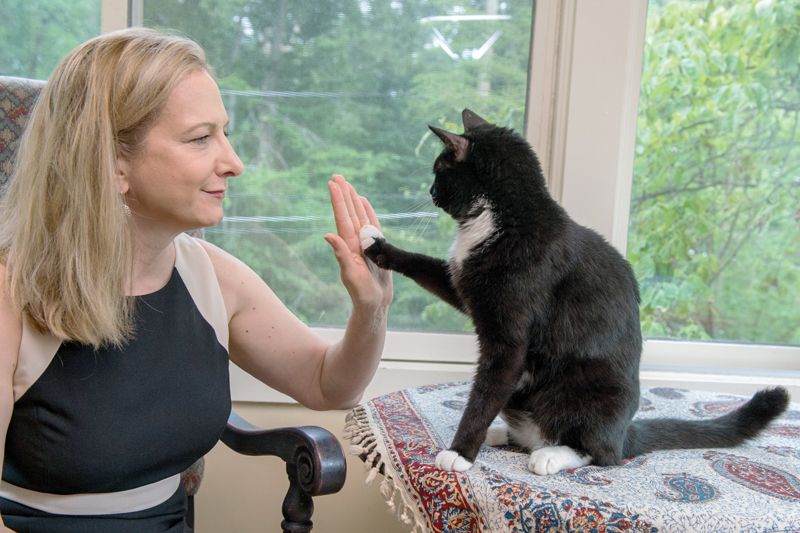
An Ambassador by Chance
Animals don’t have to be saints to be shelter mascots. Over at the Humane Society of Tampa Bay (HSTB), long-haired tabby cat Jack allows few people to touch him, and yet serves as a “spokescat” for community cats. The handsome feline was found on HSTB property in 2012, where one of the shelter’s core, and historically controversial, community programs was what they call trap-neuter-vaccinate-return (TNVR).
More commonly known as TNR, the program for community cats “was kind of an uphill battle here in Tampa Bay,” says executive director Sherry Silk. “But one day, this beautiful kitty showed up, hissing at everybody.” Shelter staff took Jack to their animal care center, neutered, vaccinated, ear tipped and released him.
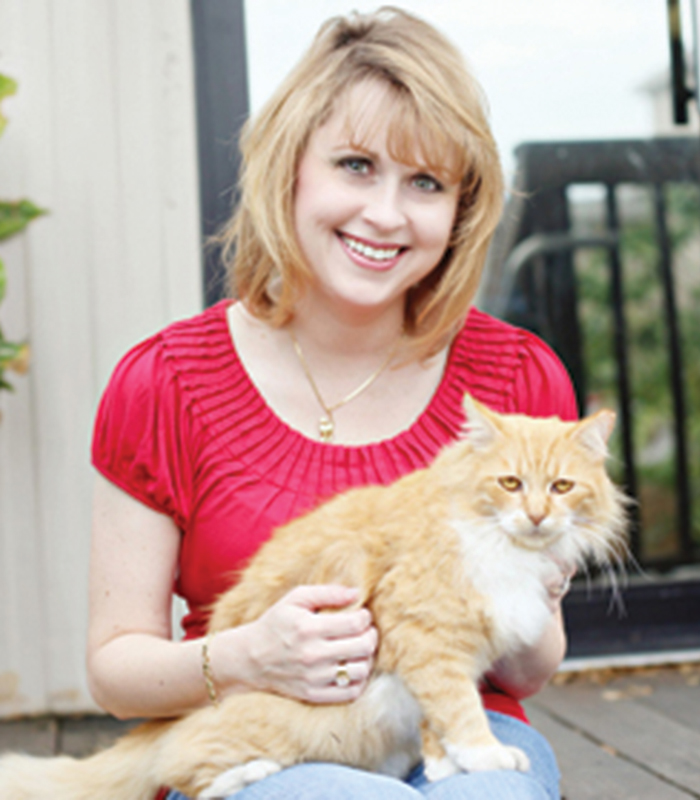
But Jack had other plans. “Every morning, he’d be sitting on the front steps,” she says. “He just never left.” At first, he didn’t like to touch anyone, but on rainy days, he’d follow staffers into the building. His favorite staffers tempted him with pieces of food. Month by month, they won his trust—and eventually, his leg rubs.
He now lives in the society’s administrative building and appears in feral cat brochures, videos and publications as an ambassador for the shelter’s TNR program. “He’s the most spoiled ‘feral’ cat that I know!” says Silk, now adding quotes around feral.
Shelter visitors and children who participate in HSTB programs know him well, sending him cards and following Jack-related Facebook updates. Earlier this year, after he was hurt at the paws of another animal, a Facebook post showing an injured-but-recovering Jack earned hundreds of likes and comments from community well-wishers. A victorious follow-up post—“back to his old shenanigans!”—gained nearly 700 likes.
The TNR program has become more accepted in the area, and Jack is a charismatic face for the issue. “I think for people who struggle, who get sad when they see all these cats outside, [they] visit him and say, ‘You know, there is hope,’” says Silk.
A Multitalented Mascot
Equally handsome Gregory Xavier Pibb was a “teeny-weeny” single stray kitten when the Washington Humane Society (WHS) in D.C. groomed him for the role of a lifetime. In 2008, WHS was struggling with an overabundance of cats, but volunteers were mostly interested in dog-oriented activities, says president and CEO Lisa LaFontaine. “We were really wrestling with how to increase the status of cats—not only within our organization, but among our volunteer base and in the community.”
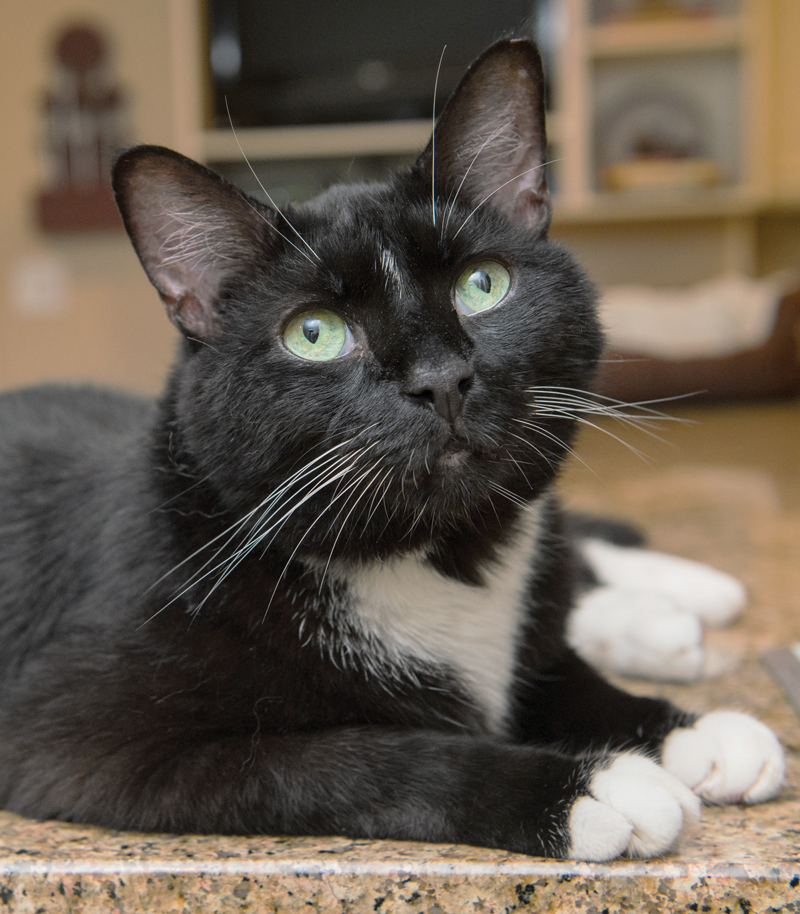
Wanting to show cats’ potential, the WHS behavior and training team decided to keep Mr. Pibb (as he became known) as a long-term foster and train him like they would a dog. Between trainings, he would curl up in the mail basket of the adoption center—a converted rowhouse—greeting visitors and representing the less social cats caged in “what used to be someone’s living room.” Within the first few months of his life, he was giving visitors high-fives.
At the same time, WHS had started a program working with the Wounded Warrior Project at Walter Reed National Military Medical Center, then located near the shelter. Soldiers in treatment would cross the street to socialize shelter animals, easing their own transition from the hospital.
Mr. Pibb joined the program, and program participants quickly adapted, using tuna on Popsicle sticks to train the outgoing cat. “The soldiers loved him,” LaFontaine says. “He just started developing this incredible personality.” By the end of the year, Mr. Pibb was playing patty-cake and walking on a treadmill.
Mr. Pibb’s unique talents got him a role with WHS humane educator Shakela (Shak) Brown, who began taking him to schools in impoverished parts of Southeast D.C. as part of the shelter’s humane education program.
Many students had never met a pet cat—let alone one who could play patty-cake. The felines in their neighborhoods were mostly feral cats, living in alleys. “Most of the time, they had been taught to keep away from those cats,” says LaFontaine.
Brown knew they were onto something when a child asked, “What’s that sound?” Many of the kids had never heard it before.
Mr. Pibb was purring.
Staffers eventually decided that shelters, soldiers and schools weren’t providing the relaxed nine lives Mr. Pibb deserved, however. So LaFontaine adopted him in 2009, and he quickly settled into house cat life. “For us, he’s just a normal cat in our home,” she says.
But a shelter mascot is forever. Gregory Xavier Pibb doesn’t forget. Last October—five years after retiring from mascot life—he saw Brown once more. And the minute he saw her, he gave her a high-five.



